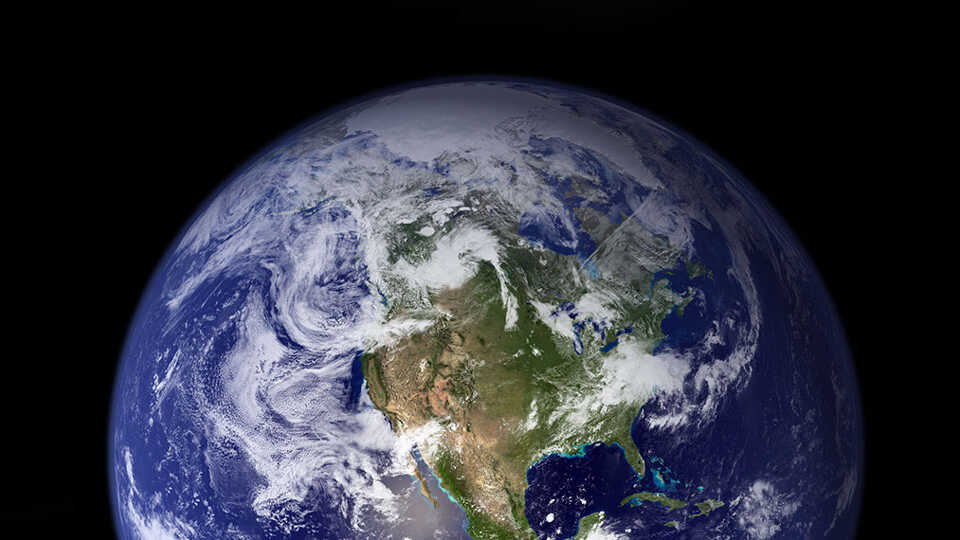In this activity students will:
- understand why the sun rises in the east and sets in the west.
- understand how the earth rotates and how long it takes for the earth to rotate.
- discover that the stars appear to rise and set just like the sun does.

"Blue Marble" © 2002 NASA Earth Observatory
Many of the misconceptions about our solar system are rooted in the fact that it is large and hard to comprehend. This kinesthetic activity will demonstrate concepts like rotation and orbit, clarify movement and direction, and help students understand why earthlings see different things in the sky.
In this activity students will:
Use the same kinesthetic set-up and combine this activity with other activities such as the Meaning of a Year, Moon Phases, Birthday Stars, Mars Opposition Dance.
Fifth Grade
5-ESS1-2: Represent data in graphical display to reveals patterns of daily changes in length and direction of shadow, day and night, and seasonal appearance of some stars in the night sky.
Image: "Blue Marble" by NASA Earth Observatory, originally sourced from https://earthobservatory.nasa.gov/features/BlueMarble/BlueMarble_2002.php